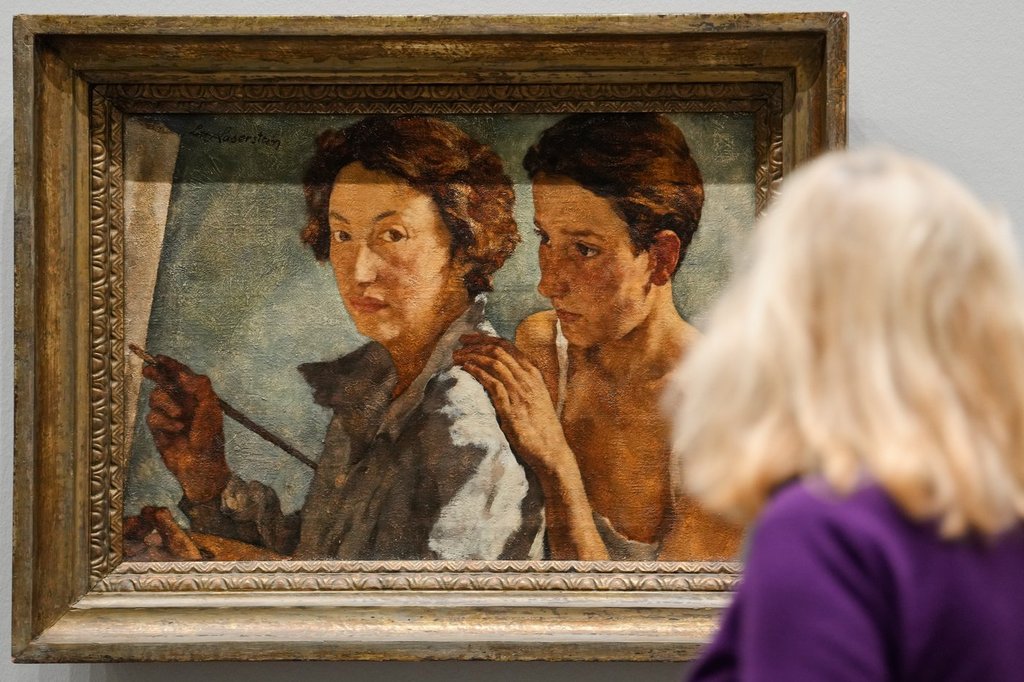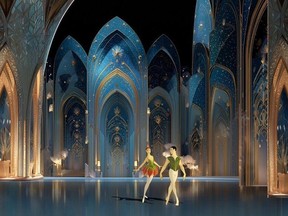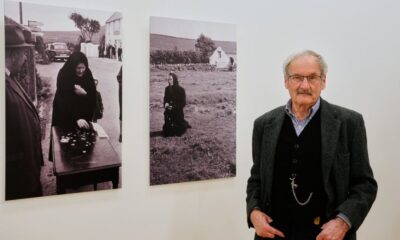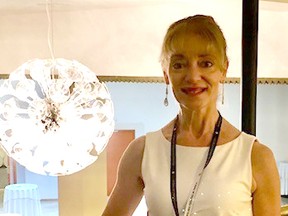Entertainment
Queer Art Exhibition in Düsseldorf Celebrates Marginalized Voices

A new exhibition titled “Queer Modernism: 1900 to 1950” opens in Düsseldorf, Germany, focusing on the contributions of marginalized queer artists to modernist art. The event aims to highlight the often overlooked works of LGBTQ+ creators during the first half of the 20th century, a period characterized by both artistic freedom and severe persecution. The exhibition launches on December 1, 2023, at the Kunstsammlung Nordrhein-Westfalen and will run until February 15, 2026.
The exhibition features over 130 works by 34 artists from Europe and the United States. Among the pieces are intimate portraits, vibrant paintings, and evocative photographs that explore themes of desire, gender, and sexuality. This showcase not only addresses the artistic achievements of these creators but also the discrimination they faced, especially as the rise of fascism in the 1930s intensified the persecution of homosexuals.
Susanne Gaensheimer, the director of the Kunstsammlung Nordrhein-Westfalen, described the exhibition as “the first major exhibition on this topic in Europe, if not worldwide.” She emphasized the significance of presenting queer artists who were once part of vibrant networks but whose contributions have been marginalized in traditional art history narratives.
Among the highlighted works is “I and My Model” by German-Swedish artist Lotte Laserstein, which portrays her with her lover and model, Traute Rose. This oil painting from 1929/30 depicts an intimate moment between the two women, emphasizing the personal and artistic bond they shared. Another featured piece is “The Source” by Ludwig von Hofmann, created in 1913. This painting depicts three young men in a natural setting, celebrating youth and beauty, and was once owned by the renowned writer Thomas Mann, who grappled with his own complex identity amid a conservative society.
Many queer artists faced erasure during the tumultuous periods of the two world wars, often lacking descendants to preserve their legacies. Gaensheimer noted that the exhibition seeks to broaden perceptions of modernism and introduce lesser-known artists who significantly contributed to the movement. The exhibition is divided into eight chapters, one of which focuses on queer resistance beginning in 1933, when the Nazis began their systematic persecution of homosexuals.
Despite the challenges faced, queer artists found ways to celebrate their identities. The painting “Bank Holiday Monday” by Gluck, born Hannah Gluckstein in 1895, features a stylish figure with an extravagant scarf, creating an atmosphere of intimacy and confidence. This work exemplifies the celebration of queerness that permeates much of the exhibition.
The exhibition has been curated in collaboration with a queer advisory board, ensuring the themes resonate with contemporary audiences. Throughout its run, the museum plans to host readings, tours, and workshops, offering visitors deeper insights into the themes of the show and the historical contexts that shaped these artists’ lives.
In shining a light on these marginalized voices, “Queer Modernism: 1900 to 1950” aims to foster a greater understanding of the rich tapestry of modernist art and the diverse creators who helped shape it.
-

 Politics4 weeks ago
Politics4 weeks agoSecwepemc First Nation Seeks Aboriginal Title Over Kamloops Area
-

 World5 months ago
World5 months agoScientists Unearth Ancient Antarctic Ice to Unlock Climate Secrets
-

 Entertainment5 months ago
Entertainment5 months agoTrump and McCormick to Announce $70 Billion Energy Investments
-

 Science5 months ago
Science5 months agoFour Astronauts Return to Earth After International Space Station Mission
-

 Lifestyle5 months ago
Lifestyle5 months agoTransLink Launches Food Truck Program to Boost Revenue in Vancouver
-

 Technology3 months ago
Technology3 months agoApple Notes Enhances Functionality with Markdown Support in macOS 26
-

 Lifestyle3 months ago
Lifestyle3 months agoManitoba’s Burger Champion Shines Again Amid Dining Innovations
-

 Top Stories2 months ago
Top Stories2 months agoUrgent Update: Fatal Crash on Highway 99 Claims Life of Pitt Meadows Man
-

 Politics4 months ago
Politics4 months agoUkrainian Tennis Star Elina Svitolina Faces Death Threats Online
-

 Sports5 months ago
Sports5 months agoSearch Underway for Missing Hunter Amid Hokkaido Bear Emergency
-

 Politics5 months ago
Politics5 months agoCarney Engages First Nations Leaders at Development Law Summit
-

 Technology5 months ago
Technology5 months agoFrosthaven Launches Early Access on July 31, 2025





















